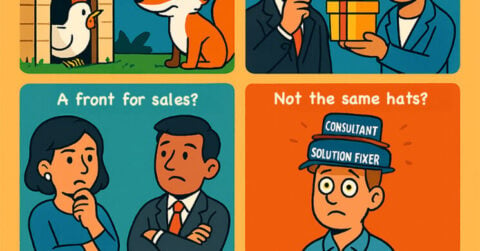
Any replacement of new technology for an old technology, or a new approach to technology acquisition, incurs a technical debt that the consumer of the technology must pay down. Providers make all kinds of promises around SaaS, BPaaS and platforms, which lead buyers to believe they can avoid the technical debt when they adopt these newer technologies. But avoidance is just a myth.
A good example of technical debt is companies that move from waterfall to agile. They must invest in a DevOps platform with automated testing, invest in training new and existing talent and invest in changing the way they architect applications to allow for frequent updates.
Let’s consider a Salesforce (SaaS) implementation. In theory, it’s very easy to start using Salesforce.com for your CRM. But in practice, it turns out to be more complicated. Data must be loaded, APIs must be connected, Salesforce must be configured, user training must be conducted and, finally, all this must be tested.
The technical debt tends to increase the more disruptive the change and, unfortunately, the more impactful the changes on the business. In the case of SaaS or BPaaS, which in large enterprises tend to be point solutions, there is a modest technical debt. But in the case of platforms, where the buyer must make large structural changes to important systems of records, the technical debt is significant.
The technical debt creates complications that slow down migrating to SaaS, BPaaS or platform technologies. It also creates user frustration because of ongoing issues in transition/migration. The business users are eager to get to the resulting capabilities and are impatient with the time it takes to get there and the learning curve they must go through to be productive in the new environment. Users are unwilling to invest in the cost and effort to pay down the technical debt, but it surrounds the users’ ability to integrate the new technology and make necessary changes to be able to use it effectively.
As your business moves forward with adopting new technologies, be aware that the technical debt is a key issue in successful adoption. Service providers must be clearer and more honest about the scale of the technical debt and work on approaches that limit it. Nevertheless, buyers need to remember that the technical debt resides with the consumer. And no matter what the provider tells you, the debt is there and it’s likely to be large.








